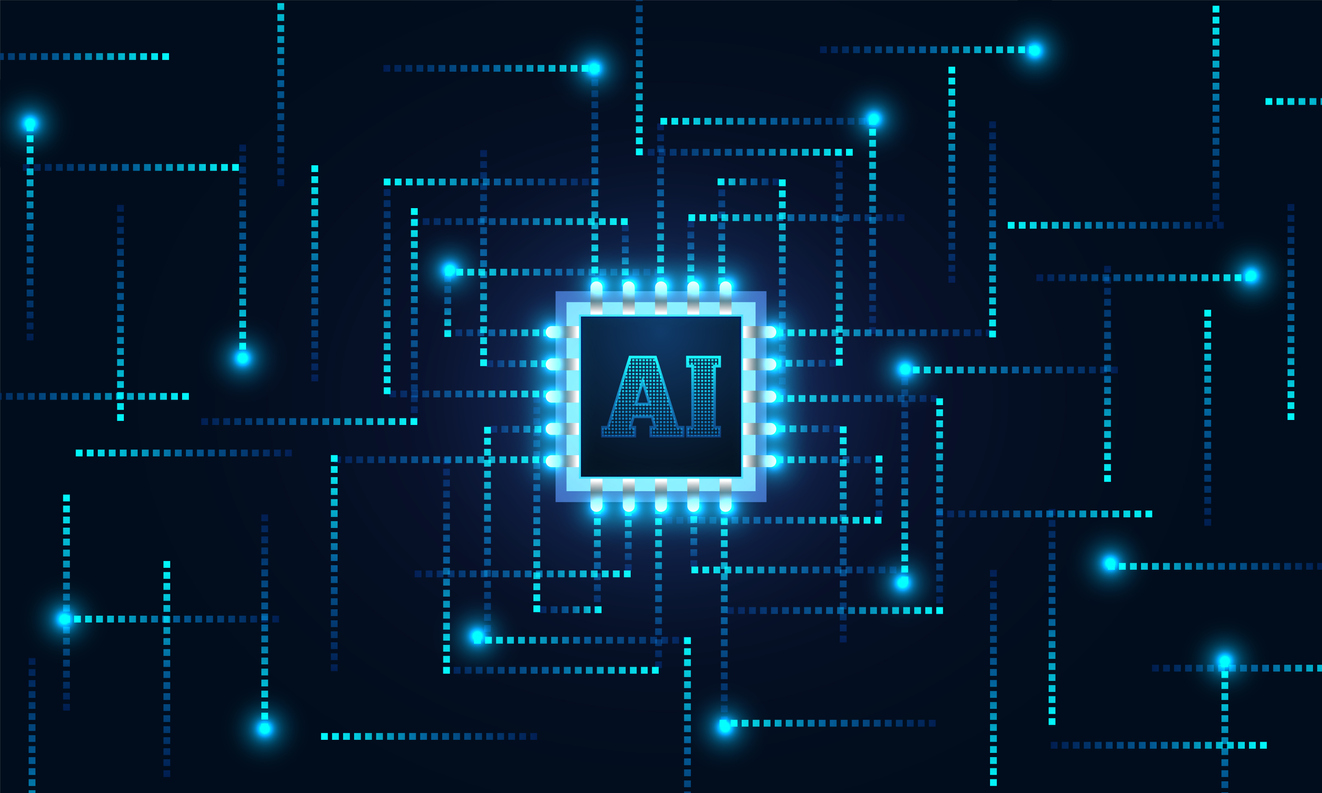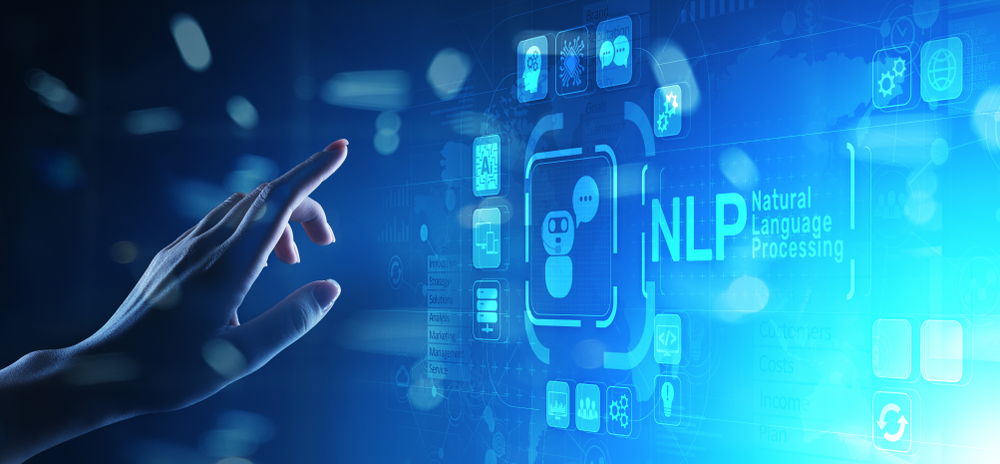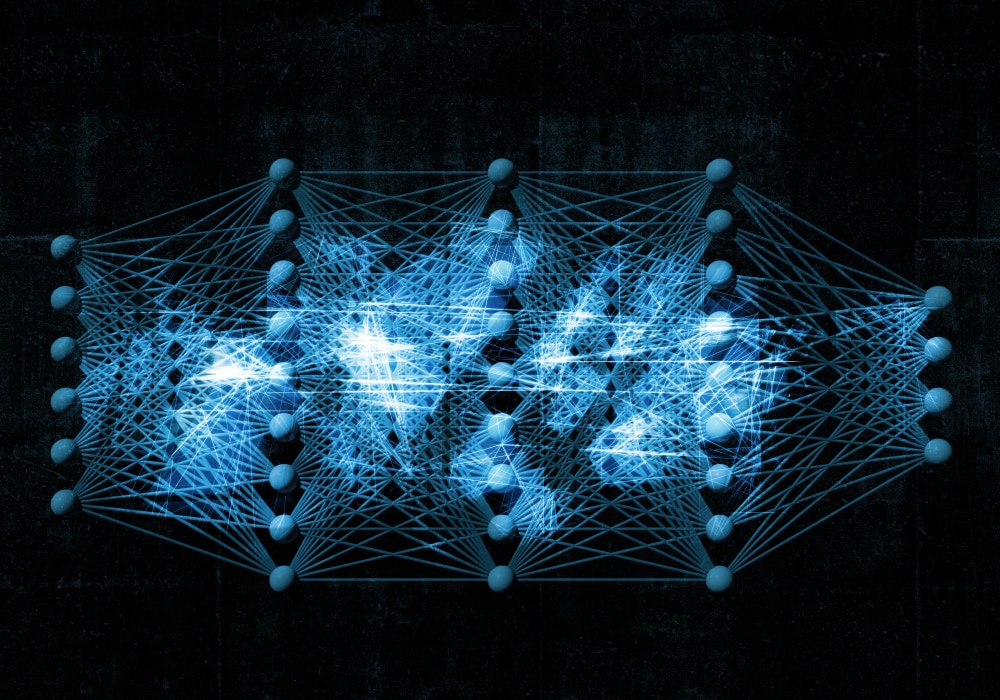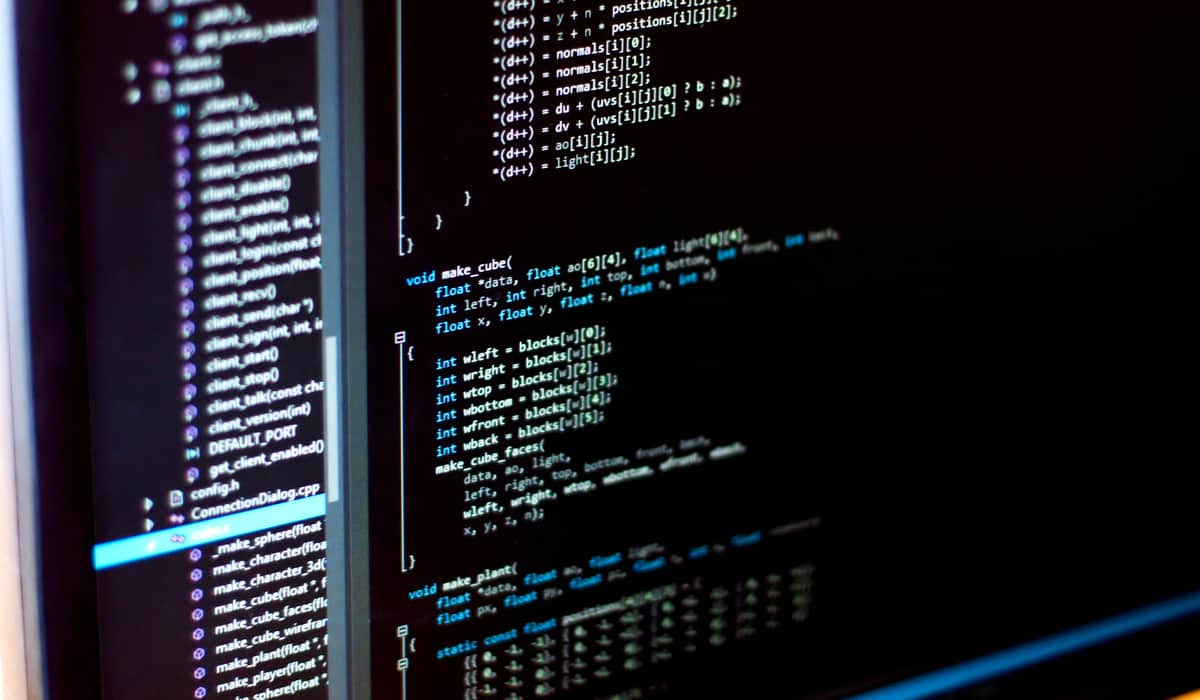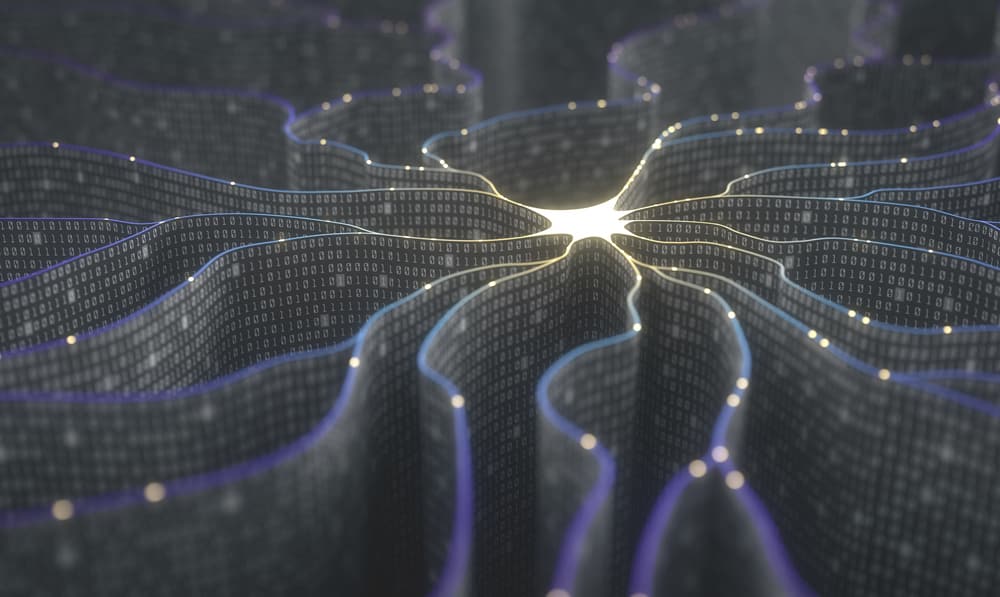Education is rapidly changing around the world. The new generation of learners is born with digital acumen and the ability to adopt technologies quickly. It is an era where software solutions and advanced devices are facilitating smart classrooms. These smart solutions for education have begun a wave of transformation in the space.
Traditionally, schools and higher-education institutions carried out tests and compared the scores of each student against their peers’. We are now beginning to understand that the world of learning is so much wider than classroom coaching and tests. There is so much that kids and adults can learn on their own. To accommodate these shifts, education is transforming, thanks to AI.
The Challenges of the traditional Education Processes
Today, all educational institutions grapple with the following critical challenges:
- Providing quality education at scale: Often, educational institutions remain within the confines of their walls. They don’t have the right infrastructure to make education available to larger groups of people beyond their geographies. Also, imparting quality education is a challenge when the knowledge of your teachers is limited.
- Making education more accessible: Helping students in rural areas access education has always been a challenge. With infrastructure constraints, there is a need to find out ways we can make education available to remote areas of the world.
- Reducing the costs of delivery: While making quality education available at scale, institutions might need to invest a lot. This is an issue for institutions with finite resources!
- Optimizing teachers’ time: Teachers are burdened with administrative tasks such as planning teaching materials, marking and grading assessments, checking facts and the sources of the submitted assignments, and so on. This takes time away from teaching and presents itself as a hurdle to their productivity. In such scenario proper planning can help overcome this burden. Teacher planner templates provide an effective solution by assisting teachers in organizing plans, managing time efficiently, and reducing administrative load to focus more on teaching.
Many EduTech solutions are hitting the market every day, but the most exciting avenues of disruption come from AI. Artificial Intelligence promises to solve the pressing challenges in the educational space.
As AI techniques such as Natural Language Processing, Machine Learning, and Voice and Speech recognition become more and more sophisticated, they are set to transform the education industry for its instruction and administration capabilities.
In this section, we will explore what exactly can AI do for the education sector.
Grading and Assessment
Teachers spend the majority of their time working on grading and marking assessments. That means a lot of their fruitful, efficient hours are wasted on an activity that can easily be automated.
To reduce this burden, institutions are using artificial intelligence-led solutions for automatic essay scoring, reducing the reliance on multiple choice-based questions. These solutions are adding to the holistic learning patterns and ensuring better student comprehension.
Resolving In-class Queries
As classes get more and more crowded, teachers have little time to address individual questions students might have. Using virtual assistants (VA), students can solve their queries themselves by simply looking up on the internet, saving them time and effort of the teachers avoiding repetitive questions.
This method also empowers teachers to record and analyze the kind of questions students ask the virtual assistants. This way, teachers can identify weaknesses in comprehension and learning, course-corrections, and their teaching strategy.
Certificate Program in Applied Generative AI
Master the tools and techniques behind generative AI with expert-led, project-based training from Johns Hopkins University.
Personalizing Communication
As the scale of education expands, personalizing communication with students and their guardians becomes increasingly difficult. Providing students, parents, and teachers access to the right information at any given point of time and from anywhere is an added challenge.
AI-fueled chatbots can tackle both the gaps head-on. With chatbots, information can be accessed from anywhere by anyone at reduced costs and improved efficiency.
Chatbots can record conversations with each, personalizing the experience more and more each time.
One-on-one Customized Guidance
University education mostly happens in lectures with a lot of students. Therefore, dedicating time to individuals or even small groups can be tricky. Personal virtual tutors powered by AI and ML can do the job.
A private virtual tutor can customize learning for each, taking into account their speed of learning and comprehension- providing the necessary support wherever needed.
Student Enrolment
A lot of the student enrolment activities remain the same year after year. Automating these tasks with AI makes a lot of sense for educational institutions. Personalized communication with students can help them enrol in universities with ease.
Around-the-clock, an integrated chatbot can answer their many queries before admissions and streamline the entire process of application and enrolment. This would free teachers and other staff from administrative and repetitive work that deserves to be automated.
Plagiarism and Authorship Detection
Graduate and undergrad students sometimes succumb to malpractices such as plagiarism to attempt to win a degree with no effort. Since it is cumbersome for teachers to check each submission for originality, AI can be of help.
AI-powered software can help detect plagiarism and assert authorship based on the writing style, grammar, punctuation, and many other factors. By automating this part of education, degree allotment and assessment checking can be made more efficient.
There are still challenges that AI and ML have to face before they can be commercialized for use in educational institutions.
Here are a few examples of the above:
- Teacher’s resistance to change in the wake of the fear of losing their jobs
- Challenges in adopting AI technologies at scale after getting buy-in from stakeholders
- Lack of funds to set up smart teaching within schools and universities
- Ensuring the security of AI-based solutions so that users are comfortable providing all the data these systems need to get the right ROI
Even though there are challenges down the road, a few companies are taking leaps and strides in making AI accessible, plausible, and affordable to institutions.
Educational organizations willing to take the plunge into AI will gain a massive competitive edge in the market and attract both students and teachers- thereby improving educational standards.
Upskill with Great Learning’s PG course in Artificial Intelligence and Machine Learning to open up career opportunities and education sector and other industries.

